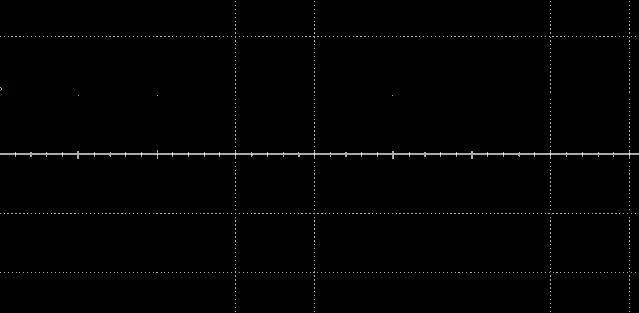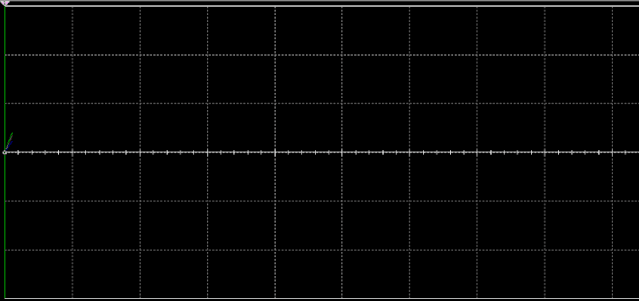In low-voltage distribution system, the current of zero line is smaller than that of live line. This is because when the three-phase load is balanced, the three-phase current is completely offset, and the zero line current is zero; However, when the AAC Cables consumption of three-phase load is unbalanced, the three-phase current cannot be completely offset, then the unbalanced current will return to the transformer through the zero line.
In three-phase four wire distribution system, the current of zero line is generally smaller than that of live line, which is the consensus of all people in the industry. However, more and more facts make people subvert this concept.
case
One day in class, a student called to ask me a question.
Some time ago, he received the installation of wall advertising lines in a building. All the advertising light boxes around the building are illuminated with fluorescent lamps, nearly 1200.
The power supply of the advertising light box is led from the distribution box by four wires (three 25 square meters and one 16 square meters), and 1200 fluorescent lamps are evenly distributed in three-phase lines.
After connection, the power on test is normal and the acceptance is passed. But after a while, it was found that the zero line was burnt out. At that time, I thought the zero line was too small, and then I replaced it with a 25 square one. ACSR Cables was like this for some time. Before long, the zero line burned out again.
The customer is very dissatisfied. If this problem is not solved again, he may not get the balance payment.
I calmed his emotions while thinking. According to my many years of experience, this situation is most likely due to excessive zero line current due to harmonics.
I asked him to measure the current of each wire, and finally measured it with a clamp meter. He was stunned!
The three-phase live line current is almost 90a per phase, but the zero line current reaches an amazing 158a.
In fact, the phenomenon of excessive zero line current is becoming more and more common. Why is there still current on the zero line when the three-phase power load is balanced, and the current reaches more than 150% of the phase line current?
This is caused by harmonics.
harmonic
We all know that the alternating current we use now is sinusoidal alternating current with frequency of 50Hz.
The waveform of sinusoidal alternating current is as follows:

sinusoidal alternating current
When sinusoidal alternating current is mixed with higher frequency clutter, this is called harmonic.
The figure mixed with harmonics is as follows:

The picture is a sinusoidal alternating current waveform mixed with harmonics
In the above figure, red is our normal sinusoidal AC waveform, in which green and blue are harmonic waveform.
AC non sinusoidal signals can be decomposed into linear combinations of sinusoidal components of different frequencies. When the frequency of the sine wave component is the same as that of the original AC signal, it is called the fundamental wave. Harmonic, in a narrow sense, refers to the electric quantity whose frequency is an integral multiple of the fundamental wave contained in the current. Generally, it refers to the Fourier series decomposition of periodic non sinusoidal electric quantity, and the electric quantity generated by other currents greater than the fundamental wave frequency. Broadly speaking, since the effective component of AC power grid is a single frequency of power frequency, any component different from power frequency can be called harmonic. When the frequency of the sine wave component is a non integer multiple of the frequency of the original AC signal, it is called fractional harmonic, also known as fractional harmonic or interharmonic. For any compound periodic vibration function y (T), it is expressed by Fourier series decomposition: the first term is called mean or DC component, the second term is fundamental wave or basic vibration, the third term is called second harmonic, and so on, or the following harmonics are collectively referred to as higher harmonic.
Harmonic generation
When the current waveform of three-phase alternating current is sine wave, they differ by 120 ° and have the same amplitude. The result of vector superposition on the zero line is that the sum is zero.
However, if the current on the phase line is pulsed and the difference is 120 °. Then, the pulses superimposed on the middle line are staggered, so they cannot be offset, and the current of the zero line is superimposed.
Since most modern electrical equipment contain rectifier circuits, even if the three-phase load is balanced, there will be a large current on the zero line.
The harm of excessive zero line current is very serious, mainly due to two reasons,
First, the cross-sectional area of the zero line is not larger than that of the phase line. The current exceeding the phase line will inevitably cause the zero line to overheat and burn out;
Second, when the zero line is disconnected, because the three phases are not completely balanced, the voltage of each phase will be inconsistent and the three-phase equipment can not work normally. The ABC Cable of one phase with less power will rise; The voltage of one phase with more electricity will be reduced. Single phase equipment on one phase of voltage rise will be damaged; Single equipment on one phase with reduced voltage cannot work normally.
